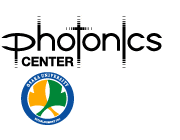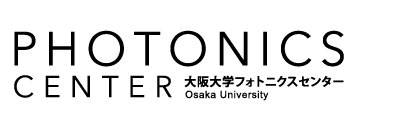【研究成果】2013年
研究成果59
Saturated excitation microscopy for sub-diffraction-limited imaging of cell clusters
Masahito Yamanaka, Yasuo Yonemaru, Shogo Kawano, Kumiko Uegaki, Nicholas I. Smith, Satoshi Kawata, and Katsumasa Fujita
J. Biomed. Opt., Vol. 18, 126002 (2013)
Saturated excitation (SAX) microscopy offers high-depth discrimination predominantly due to nonlinearity in the fluorescence response induced by the SAX. Calculation of the optical transfer functions and the edge responses for SAX microscopy revealed the contrast improvement of high-spatial frequency components in the sample structure and the effective reduction of background signals from the out-of-focus planes. Experimental observations of the edge response and x-z cross-sectional images of stained HeLa cells agreed well with theoretical investigations. We applied SAX microscopy to the imaging of three-dimensional cultured cell clusters and confirmed the resolution improvement at a depth of 40 μm. This study shows the potential of SAX microscopy for super-resolution imaging of deep parts of biological specimens.

Fluorescence images of HeLa cells cultured in a three-dimensional (3-D) matrix and the line profiles of the structures. (a) SAX and (c) confocal images of actin filaments in HeLa cells in the x–z plane. (b and d) Magnifications of the boxed area in (a and c). The line profiles are shown in (e and f) of the structures indicated by the arrows in the adjacent images. The sample was stained with ATTO488 phalloidin, and the pixel size was 175 nm. The pixel numbers were 400 × 270 for (a and c) and 50 × 100 for (b and d), the pixel dwell time was 500 μs, and the excitation intensities for SAX and confocal modes were 12 and 1.2 kW∕cm2, respectively. A silicone-oil immersion 1.3 NA objective lens was used with a pinhole size corresponding to 0.5 Airy units. In addition, low-pass filtering was applied to the images.



